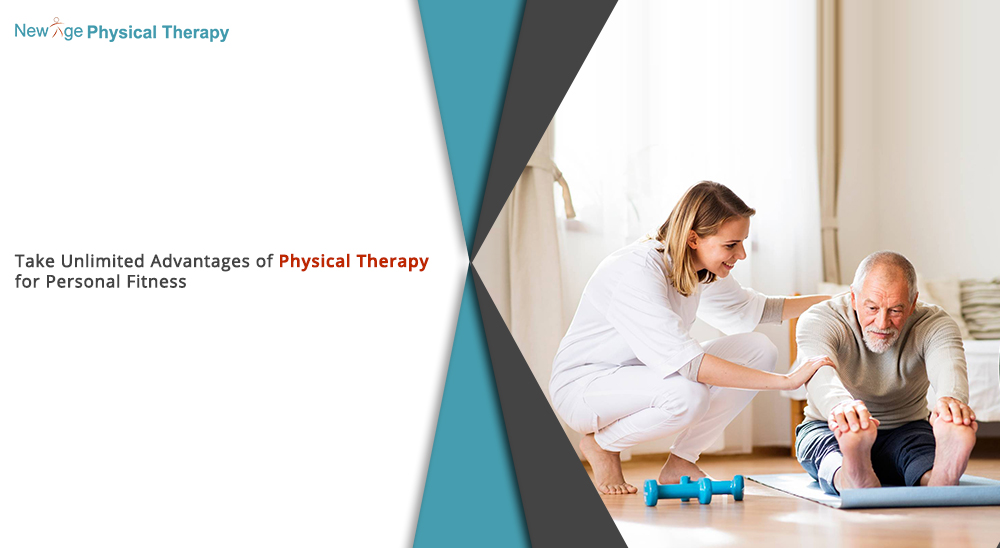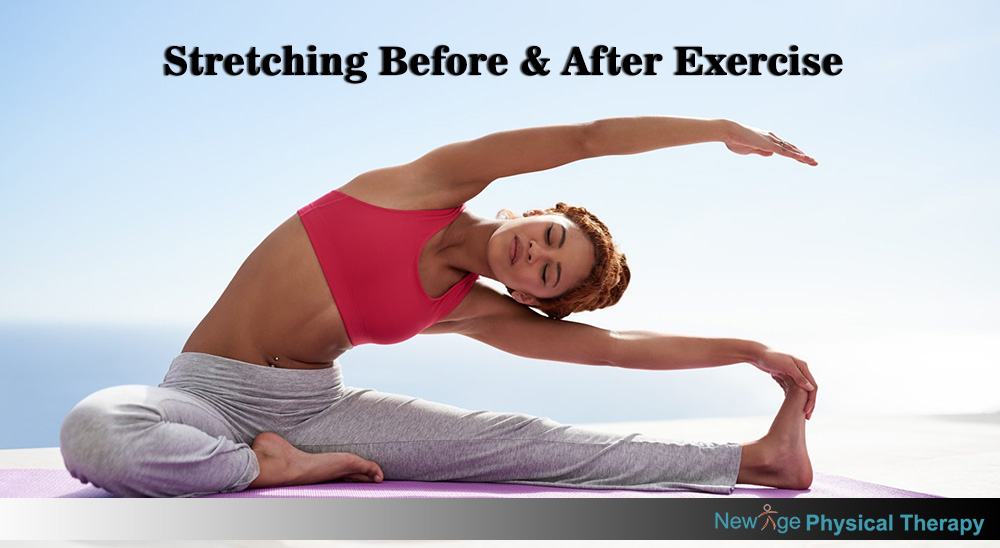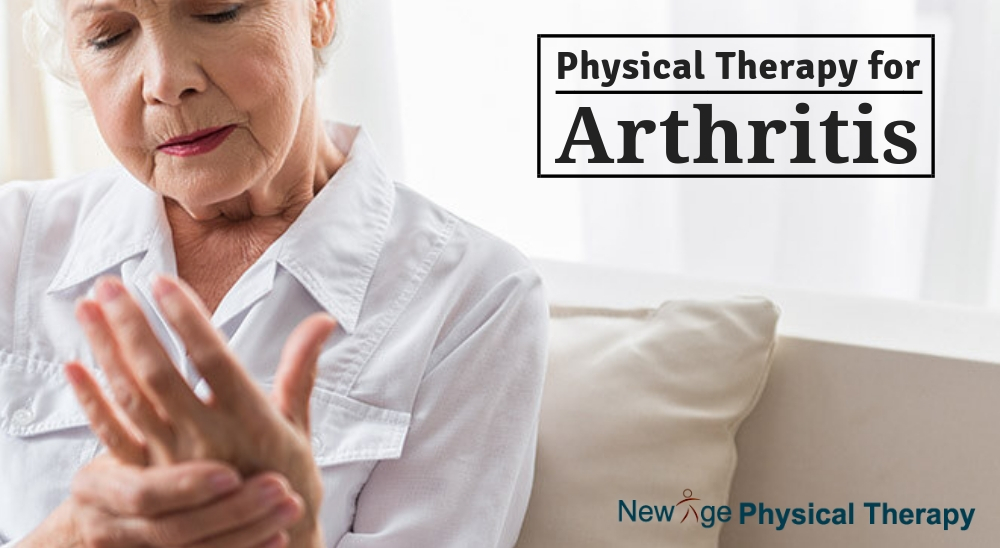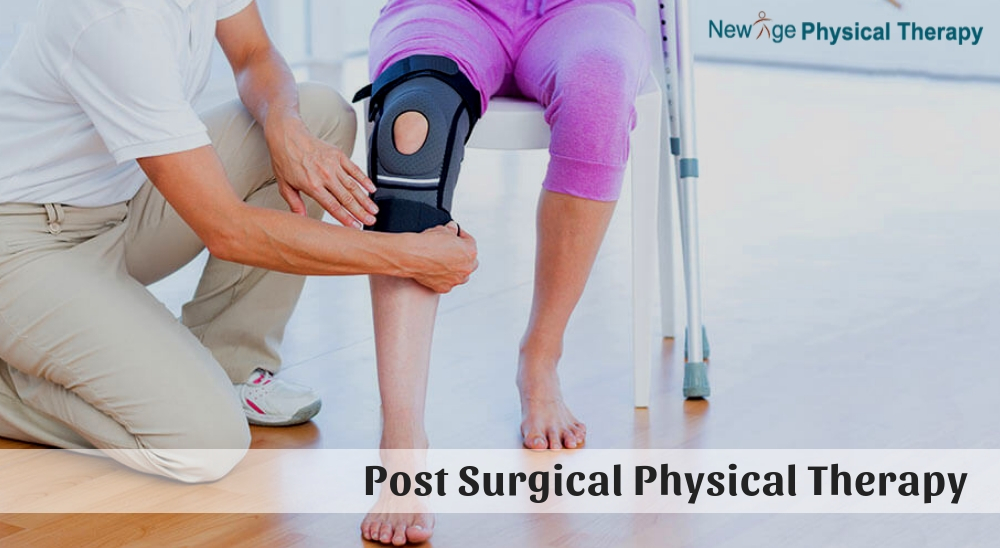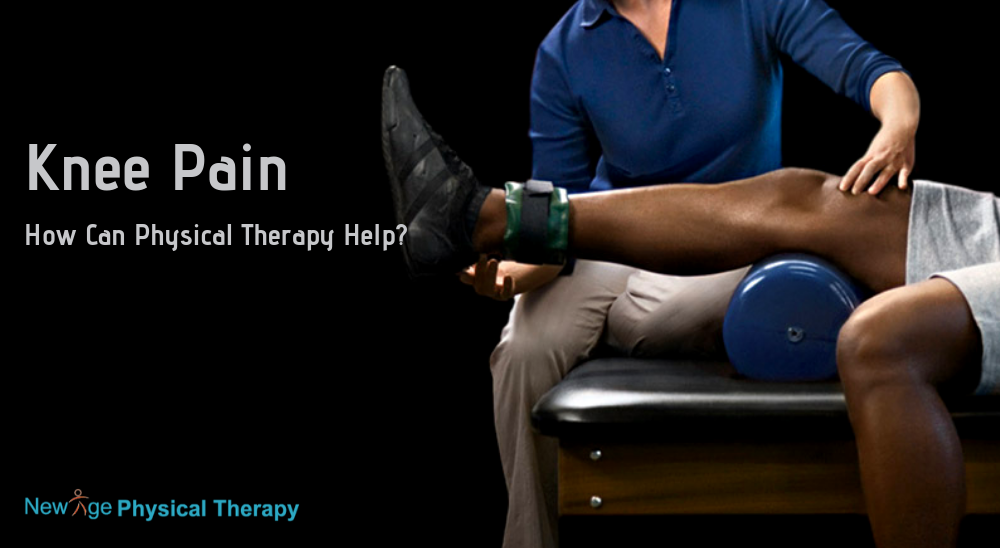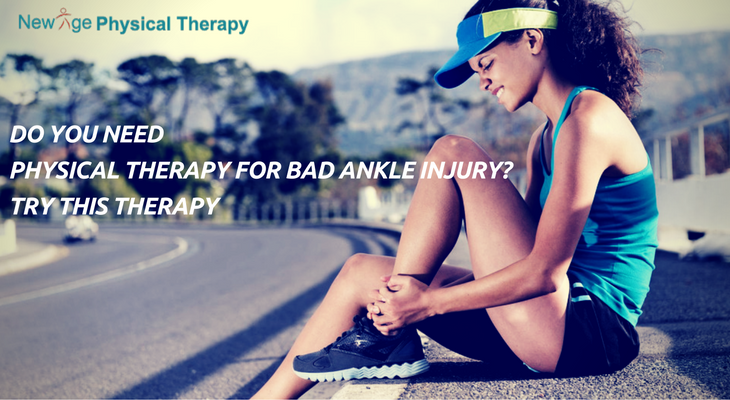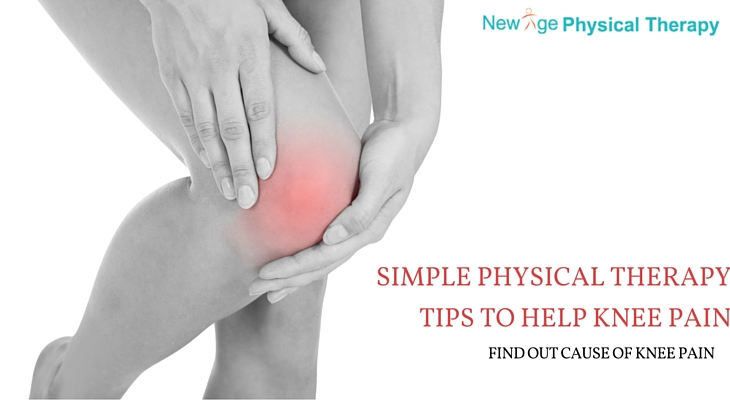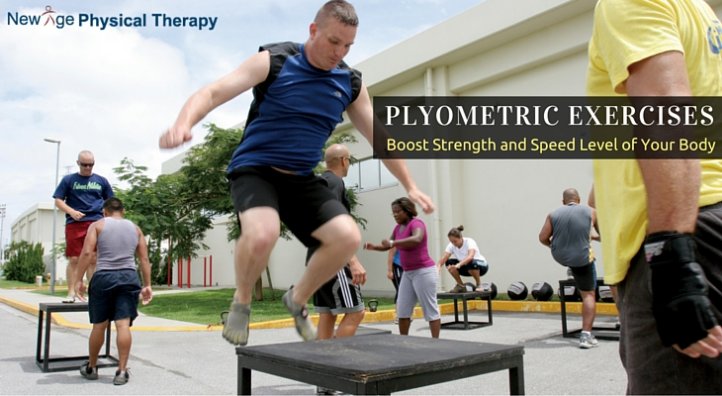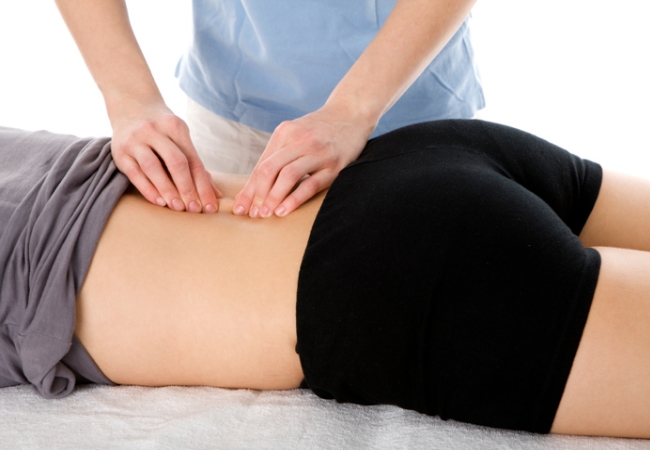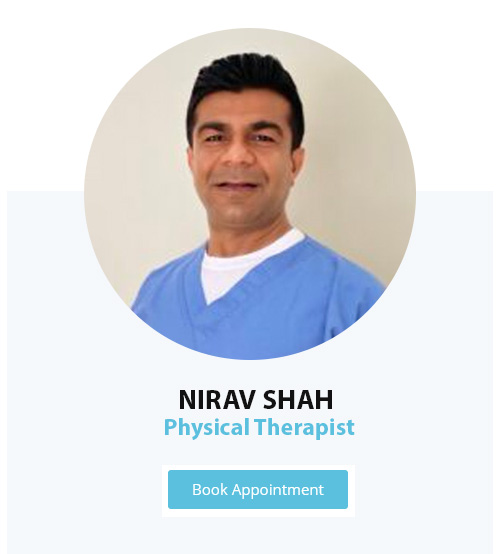Take Unlimited Advantages of Physical Therapy for Personal Fitness
Physical therapy assists people of all ages who have medical diseases, disabilities or injuries that restrict their normal capacity to move and to do work properly.
Physical Therapy Hillside, NY suggests different programs that can help people to return prior level of functioning and encourage activities and change the lifestyle that can help to stop additional injury and increase overall fitness and well being.
When the doctor suggests physical therapy, then obviously you have an injury or different problems that haven’t reacted properly to other treatments.
Sometimes it can be a difficult decision for many reasons to decide whether or not to go to physical therapy. For your any types of injury, it can help you amazingly, so there is no option for not going. Physical therapy treatment not only allows you to return your initial level of functioning, but it can accelerate the healing manner.
Wants to be feet and healthy life? Let’s know about the amazing advantages of Physical Therapy.
Reduce or Kill Every Pain
Corrective exercises and standard therapy methods such as common and simple tissue treatments such as ultrasound, taping or electrical stimulation can help to reduce pain and recover meat and joint function to reduce pain. Such therapies can also stop pain from stating.
Avoid Surgery
Surgery may not be needed if physical therapy helps to recover from an injury or reduce pain. And even if surgery is needed, you may help from pre-surgery physical therapy for better result. In many cases, you will recover faster if you are going into surgery more effective and in better shape. Additionally, health care costs are reduced by avoiding surgery.
Improve Flexibility
Are you having difficulty in standing, walking, moving or working any work? Then get the best recovering treatment. Here, no matter your age because physical therapy can help you. Strengthening and stretching exercises help to recover your capacity to move. Physical therapists can properly fit individuals with a stick, crutches or any other assistive equipment, or estimate for orthotic medicine.
Increase Your Balance and Stop Falls
When you start physical therapy, you will get screened for covering opportunity. If you are injured and at high risk for falls, therapists will provide the best exercises that safely examine your stability as a way to simulate real-life conditions.
When the stability problem is created by a problem in one’s vestibular method, Physical therapists can perform special exercises that can immediately recover proper vestibular functioning, and decrease eliminate signs of dizziness or vertigo.
Physical therapy will come in beneficial, as it can lightly exercise the arm, strengthening the muscles and dramatically increasing versatility, while decreasing pain. If you have any doubt or query about the physical therapy treatment and how it helps to recover your injury, please don’t hesitate to ask a qualified physical therapist or health care provider for more information.

